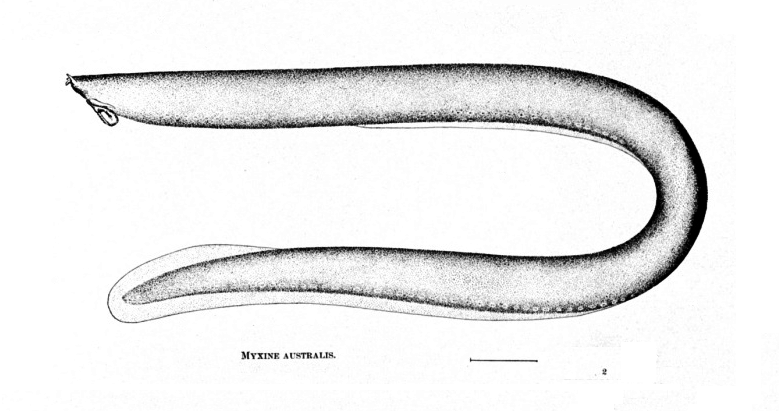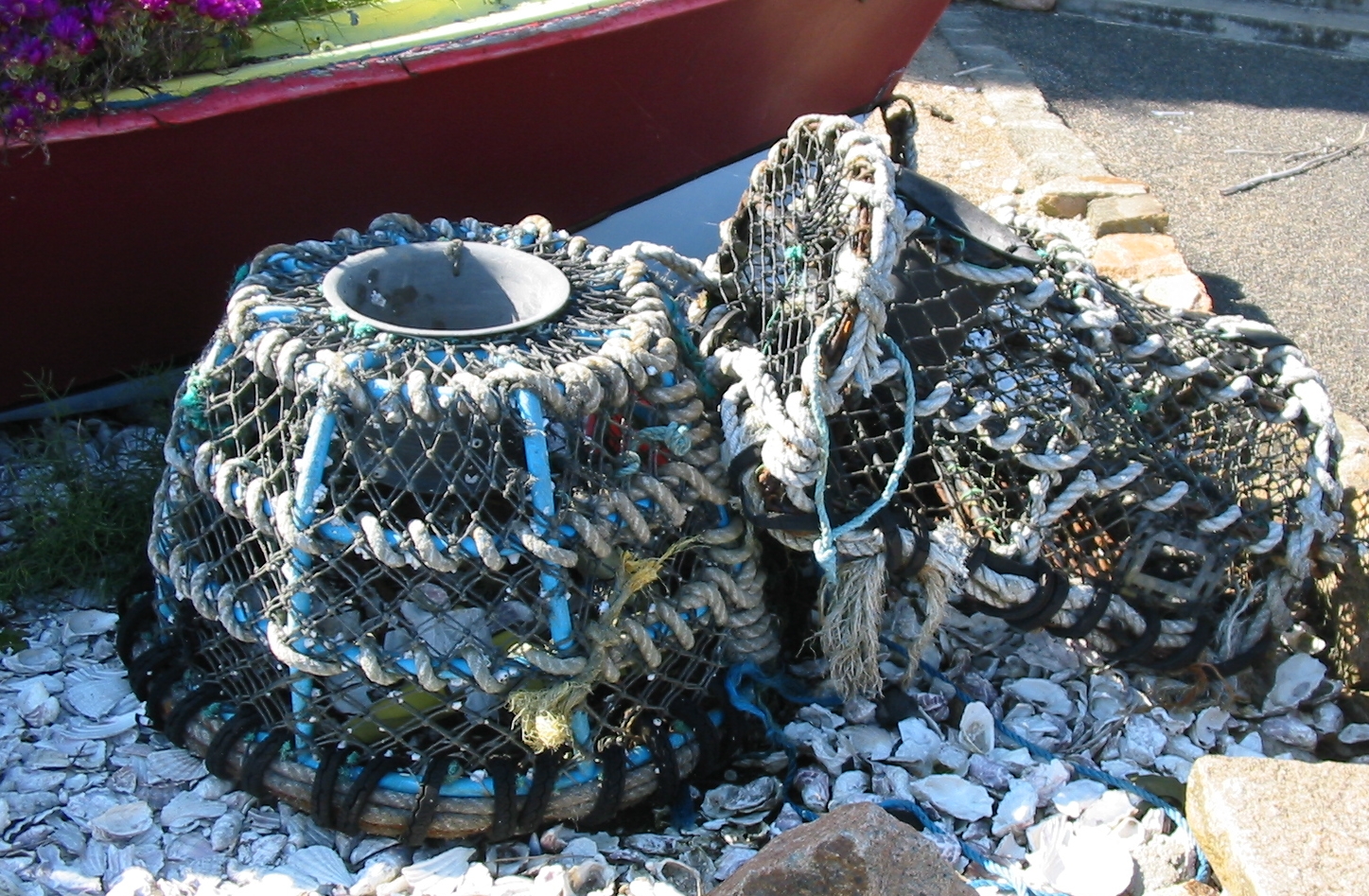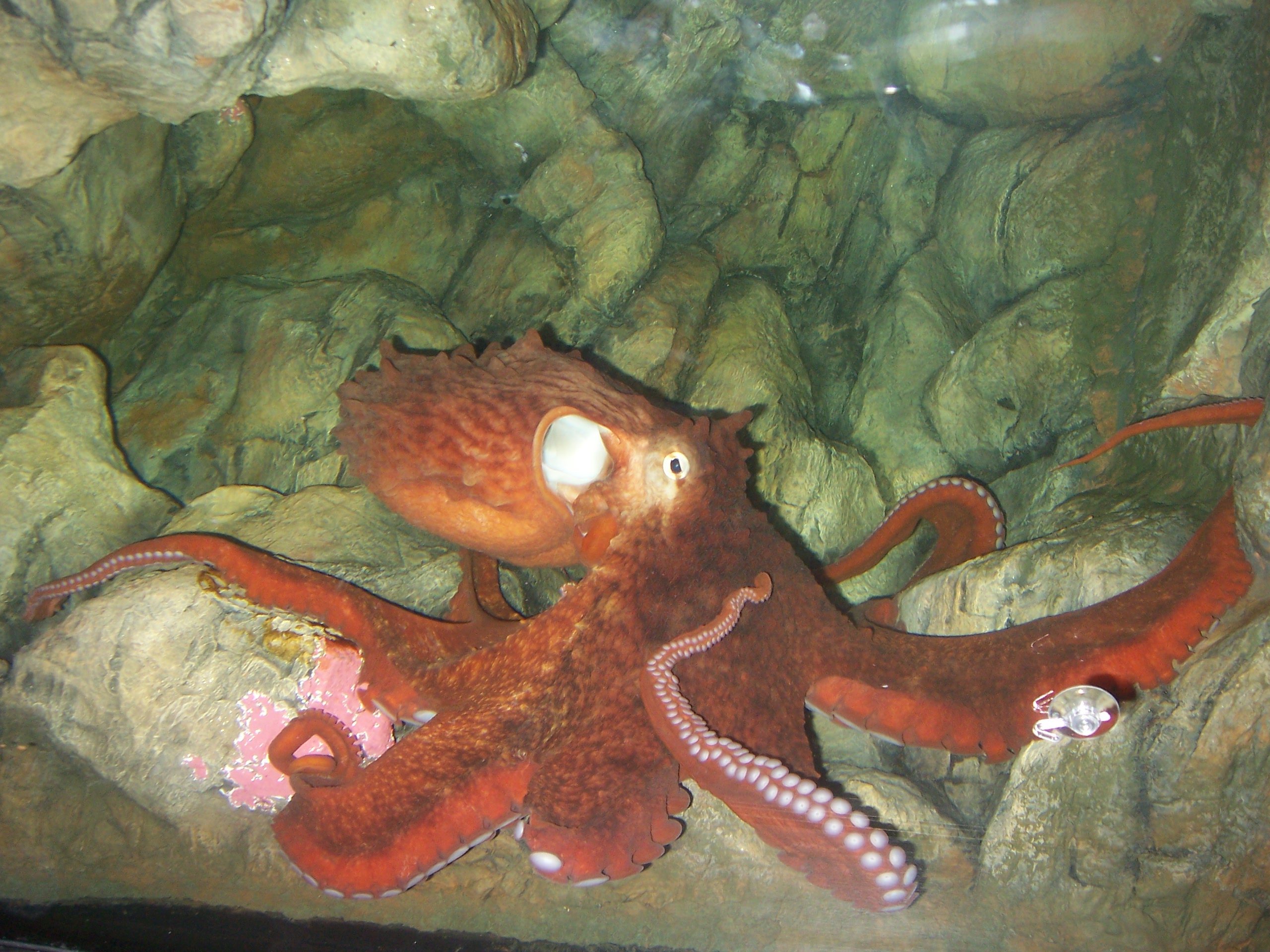|
Enteroctopus Magnificus
''Enteroctopus magnificus'', also known as the southern giant octopus, is a large octopus in the genus ''Enteroctopus''. It is native to the waters off Namibia and South Africa. Description ''E. magnificus'' bears the distinctive characteristics of the genus ''Enteroctopus'', including longitudinal folds on the body and large, paddle-like papillae. ''E. magnificus'' is a large octopus, reaching total lengths of up to 1.8 mNorman, M. (2003). ''Cephalopods: A World Guide''. ConchBooks: Heckenhaim, Germany. pp. 213–216. and a mass of 11.4 kg.Villanueva, R. (1993). Diet and mandibular growth of ''Octopus magnificus'' (Cephalopoda). ''South African Journal of Marine Science'' 13: 121–126. Range and habitat ''E. magnificus'' occurs from Namibia to Port Elizabeth, South Africa. It is found primarily on sand and mud flats from shallow subtidal areas to about 1000 m depth. Predators ''E. magnificus'' is predated on by the South African fur seal ('' Arctocephalus pusil ... [...More Info...] [...Related Items...] OR: [Wikipedia] [Google] [Baidu] |
Octopus
An octopus ( : octopuses or octopodes, see below for variants) is a soft-bodied, eight- limbed mollusc of the order Octopoda (, ). The order consists of some 300 species and is grouped within the class Cephalopoda with squids, cuttlefish, and nautiloids. Like other cephalopods, an octopus is bilaterally symmetric with two eyes and a beaked mouth at the center point of the eight limbs. The soft body can radically alter its shape, enabling octopuses to squeeze through small gaps. They trail their eight appendages behind them as they swim. The siphon is used both for respiration and for locomotion, by expelling a jet of water. Octopuses have a complex nervous system and excellent sight, and are among the most intelligent and behaviourally diverse of all invertebrates. Octopuses inhabit various regions of the ocean, including coral reefs, pelagic waters, and the seabed; some live in the intertidal zone and others at abyssal depths. Most species grow quickly, mature ea ... [...More Info...] [...Related Items...] OR: [Wikipedia] [Google] [Baidu] |
Myxine Capensis
''Myxine'' is a genus of hagfish, from the Greek μυξῖνος (''myxinos'', "slimy"). In 2021, three new species of ''Myxine'' were described from the Galápagos including '' M. phantasma'', the only species of ''Myxine'' to not have melanin-based pigments. Species * ''Myxine affinis'' Günther, 1870 (Patagonian hagfish) * '' Myxine australis'' Jenyns, 1842 (southern hagfish) * ''Myxine capensis'' Regan, 1913 (Cape hagfish) * ''Myxine circifrons'' Garman, 1899 (whiteface hagfish) * ''Myxine debueni'' Wisner & C. B. McMillan, 1995 (Magellan hagfish) * ''Myxine fernholmi'' Wisner & C. B. McMillan, 1995 (Falkland Islands hagfish) * ''Myxine formosana'' H. K. Mok & C. H. Kuo, 2001 (Formosa hagfish) * ''Myxine garmani'' D. S. Jordan & Snyder, 1901 (Garman's hagfish) * ''Myxine glutinosa'' Linnaeus, 1758 (Atlantic hagfish) *''Myxine greggi'' * ''Myxine hubbsi'' Wisner & C. B. McMillan, 1995 (Hubbs' hagfish) * ''Myxine hubbsoides'' Wisner & C. B. McMillan, 1995 * '' Myx ... [...More Info...] [...Related Items...] OR: [Wikipedia] [Google] [Baidu] |
Finfish
Fish are aquatic, craniate, gill-bearing animals that lack limbs with digits. Included in this definition are the living hagfish, lampreys, and cartilaginous and bony fish as well as various extinct related groups. Approximately 95% of living fish species are ray-finned fish, belonging to the class Actinopterygii, with around 99% of those being teleosts. The earliest organisms that can be classified as fish were soft-bodied chordates that first appeared during the Cambrian period. Although they lacked a true spine, they possessed notochords which allowed them to be more agile than their invertebrate counterparts. Fish would continue to evolve through the Paleozoic era, diversifying into a wide variety of forms. Many fish of the Paleozoic developed external armor that protected them from predators. The first fish with jaws appeared in the Silurian period, after which many (such as sharks) became formidable marine predators rather than just the prey of arthropods. Most fis ... [...More Info...] [...Related Items...] OR: [Wikipedia] [Google] [Baidu] |
Lobster Pot
A lobster trap or lobster pot is a portable trap that traps lobsters or crayfish and is used in lobster fishing. In Scotland (chiefly in the north), the word creel is used to refer to a device used to catch lobsters and other crustaceans. A lobster trap can hold several lobsters. Lobster traps can be constructed of wire and wood, or metal and netting or rigid plastic. An opening permits the lobster to enter a tunnel of netting or other one-way device. Pots are sometimes constructed in two parts, called the "chamber" or "kitchen", where there is bait, and exits into the "parlour", which prevents escape. Lobster pots are usually dropped to the sea floor, one or more at a time, sometimes up to 40 or more, and are marked by a buoy so they can be picked up later. Description The trap can consist of a wood frame surrounded by mesh. The majority of the newer traps found in the Northeast of the US and the Canadian Maritimes consist of a plastic-coated metal frame. A piece of bait, oft ... [...More Info...] [...Related Items...] OR: [Wikipedia] [Google] [Baidu] |
Trawl
Trawling is a method of fishing that involves pulling a fishing net through the water behind one or more boats. The net used for trawling is called a trawl. This principle requires netting bags which are towed through water to catch different species of fishes or sometimes targeted species. Trawls are often called towed gear or dragged gear. The boats that are used for trawling are called trawlers or draggers. Trawlers vary in size from small open boats with as little as 30 hp (22 kW) engines to large factory trawlers with over 10,000 hp (7.5 MW). Trawling can be carried out by one trawler or by two trawlers fishing cooperatively ( pair trawling). Trawling can be contrasted with trolling. While trawling involves a net and is typically done for commercial usage, trolling instead involves a reed, rod and a bait or a lure and is typically done for recreational purposes. Trawling is also commonly used as a scientific sampling, or survey, method. Bottom vs. midwater trawlin ... [...More Info...] [...Related Items...] OR: [Wikipedia] [Google] [Baidu] |
Hermit Crab
Hermit crabs are anomuran decapod crustaceans of the superfamily Paguroidea that have adapted to occupy empty scavenged mollusc shells to protect their fragile exoskeletons. There are over 800 species of hermit crab, most of which possess an asymmetric abdomen concealed by a snug-fitting shell. Hermit crabs' soft (non-calcified) abdominal exoskeleton means they must occupy shelter produced by other organisms or risk being defenseless. The strong association between hermit crabs and their shelters has significantly influenced their biology. Almost 800 species carry mobile shelters (most often calcified snail shells); this protective mobility contributes to the diversity and multitude of crustaceans found in almost all marine environments. In most species, development involves metamorphosis from symmetric, free-swimming larvae to morphologically asymmetric, benthic-dwelling, shell-seeking crabs. Such physiological and behavioral extremes facilitate a transition to a sheltered ... [...More Info...] [...Related Items...] OR: [Wikipedia] [Google] [Baidu] |
Bathynectes Piperitus
''Bathynectes piperitus'' is a species of crab in the family Polybiidae __NOTOC__ Portunoidea is a superfamily of crabs that includes the family Portunidae, the swimming crabs. Which other crab families are also placed here is a matter of some contention, and may be revised following molecular phylogenetic analyses. .... It is found in Angola, Cabinda, Cape Verde, Fao Fishing Area, Gabon, Ghana, Guinea, Guinea-Bissau, Ivory Coast, Liberia, Senegal, and West Africa. References Further reading * * * * Decapods Crustaceans described in 1981 Taxa named by Raymond B. Manning Taxa named by Lipke Holthuis {{crab-stub ... [...More Info...] [...Related Items...] OR: [Wikipedia] [Google] [Baidu] |
Enteroctopus
''Enteroctopus'' is an octopus genus whose members are sometimes known as giant octopus. Etymology The generic name ''Enteroctopus'' was created by Alphonse Tremeau de Rochebrune and Jules François Mabille in 1887 and published in 1889, joining Ancient Greek 'gut' and , thus 'octopus ith arms similar toguts.' Description ''Enteroctopus'' is a genus of generally temperate octopuses. Members of this genus are characterized by their large size and are often known as giant octopuses. ''Enteroctopus'' species have distinct longitudinal wrinkles or folds dorsally and laterally on their bodies. Their heads are distinctly narrower than the mantle width. The hectocotylus of the males in this genus, found on the third right arm, is long and narrow in comparison with other genera in the family Octopodidae, often comprising one-fifth the length of the arm. Octopuses in this genus have large, paddle-like papillae instead of the more conical papillae in other octopus genera. Spe ... [...More Info...] [...Related Items...] OR: [Wikipedia] [Google] [Baidu] |
Portunidae
Portunidae is a family of crabs which contains the swimming crabs. Description Portunid crabs are characterised by the flattening of the fifth pair of legs into broad paddles, which are used for swimming. This ability, together with their strong, sharp claws, allows many species to be fast and aggressive predators. Examples Its members include many well-known shoreline crabs, such as the European shore crab (''Carcinus maenas''), blue crab (''Callinectes sapidus''), and velvet crab ('' Necora puber''). Two genera in the family are contrastingly named ''Scylla'' and ''Charybdis''; the former contains the economically important species black crab (''Scylla serrata'') and ''Scylla paramamosain''. Taxonomy The circumscription of the family varies, with some authors treating "Carcinidae", "Catoptridae" and "Macropipidae" as separate families, and others considering them subfamilies of a wider Portunidae. Swimming crabs reach their greatest species diversity in the Pacific and Indian ... [...More Info...] [...Related Items...] OR: [Wikipedia] [Google] [Baidu] |
Centrophorus Squamosus
The leafscale gulper shark (''Centrophorus squamosus'') is a Squaliformes, dogfish of the family (biology), family Centrophoridae. ''C. squamosus'' is reported to have a lifespan of approximately 70 years, based on otolith ring counts. It was the first described species in the genus Centrophorus, which now contains 13 species. Physical characteristics The leafscale gulper shark has no anal fin, two dorsal fins with spines, the first dorsal being relatively low and long, large eyes, and rough leaf-like Dermal denticle, denticles. Its maximum length is . Distribution Eastern Atlantic around continental slopes from Iceland south to the Cape of Good Hope, western Indian Ocean around Aldabra Islands, and western Pacific around Honshu, Japan, the Philippines, south-east Australia, and New Zealand. Habits and habitat The leafscale gulper shark lives near the bottom between , but usually below . Also occurs pelagically in much deeper water. It probably feeds on fish and cephalopods. ... [...More Info...] [...Related Items...] OR: [Wikipedia] [Google] [Baidu] |






